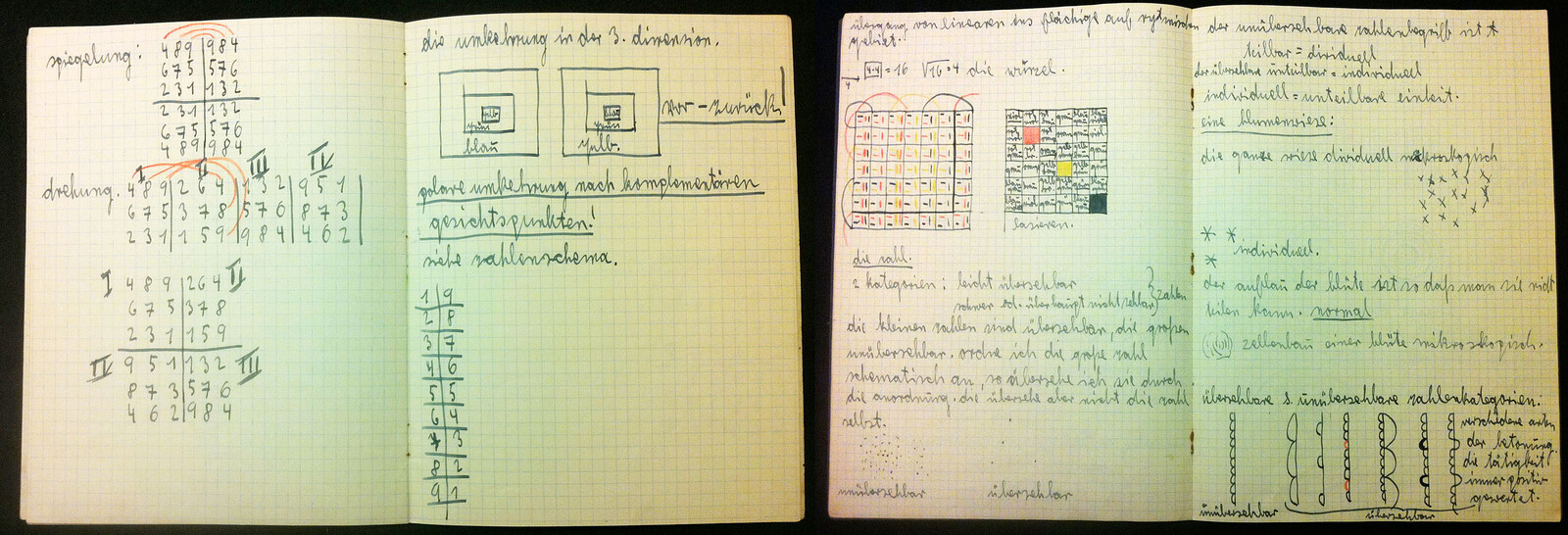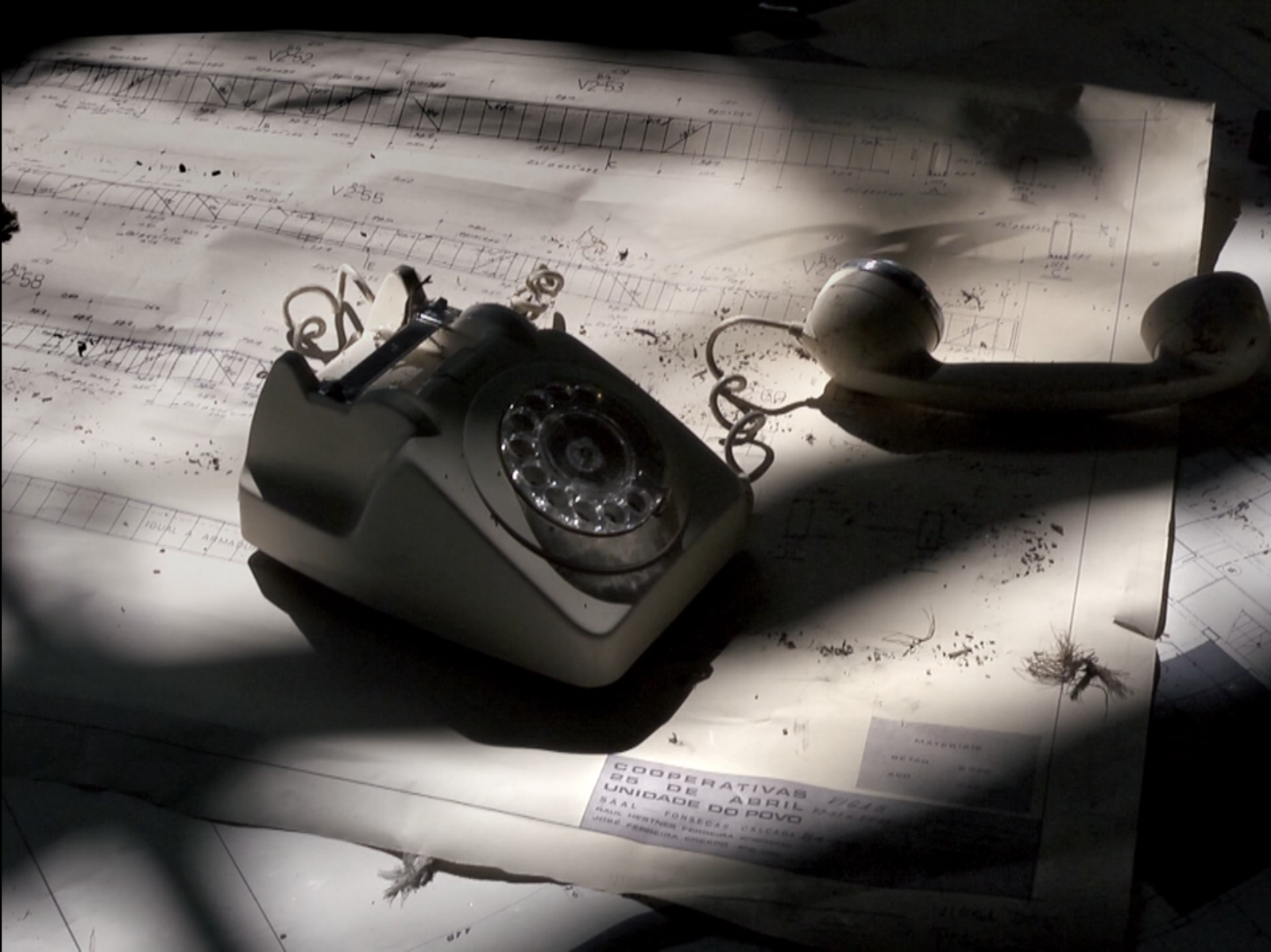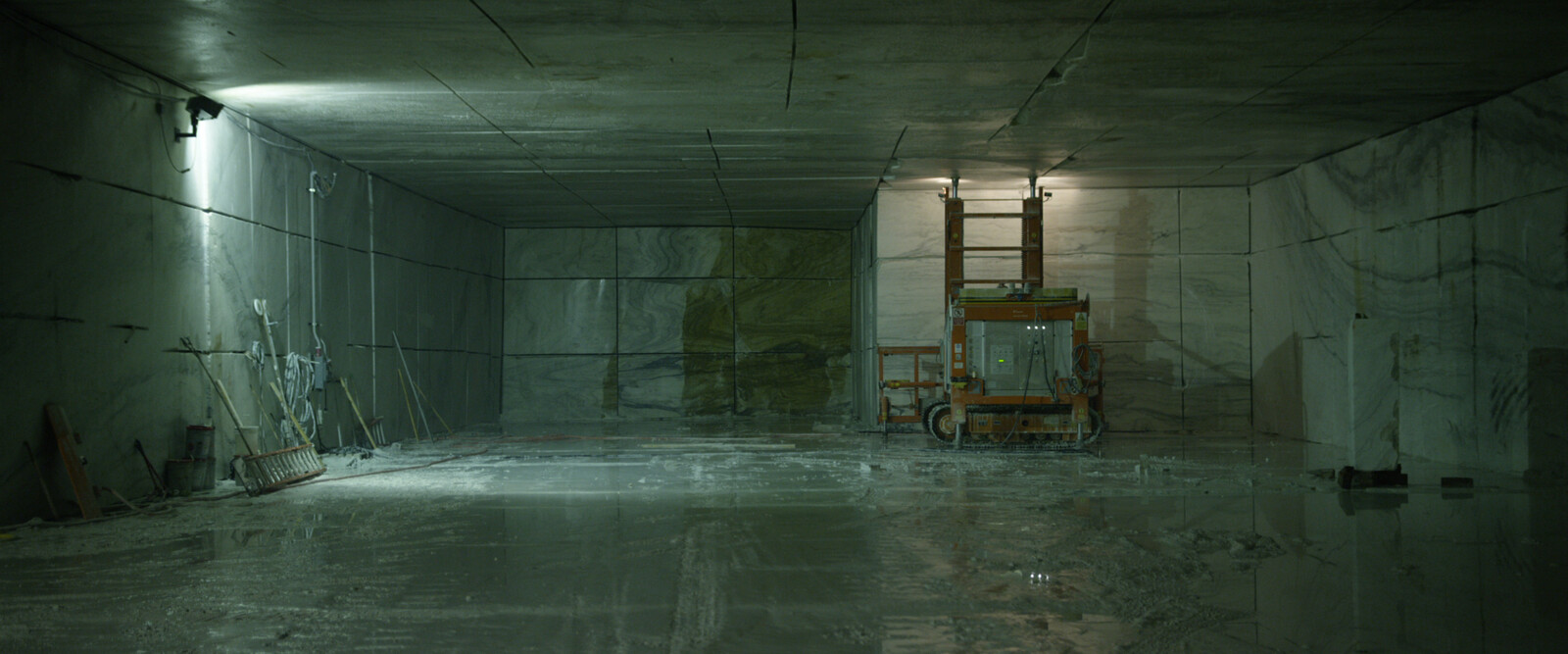If we contemplate any natural object, especially any part of animated nature, fully and in all its bearings, we can arrive only at this conclusion: that there is design in the mechanical construction, benevolence shown in the living properties, and that good predominates: we shall perceive that the sensibilities of the body have a relation to the qualities of things external, and that delicacy of texture is a necessary consequence of this relation.
—Charles Bell1
Scottish surgeon Charles Bell is remembered today primarily for the discoveries he made in the 1820s about how nerves connect to the spinal cord, but in a little book from 1833 he was not so concerned with the intricacies of the nervous system. Instead, he elaborated at length on “design,” a translation of the Italian disegno. Yet even while Bell’s use of the term “design” cleverly resonated with debates surrounding disegno e colore that had preoccupied sixteenth-century Italian painters (the hand, after all, is the organ that draws), it also departed from them. Neither did the kind of “design” that Bell discussed in the book conform to the dichotomy that characterized the intellectual skirmishes in seventeenth-century France over whether art should strive to appeal to the mind or to the senses.2 Instead, Bell inquired into a more fundamental question that preoccupied philosophers as well as artists: How can we even assume a relationship of correspondence between the mind of the subject and the sensations received from the world that is its object?
Bell’s solution to this philosophical conundrum was that the correspondence between the subjective and the objective had been “designed” as such from the outset. One needed only to look around: not only the human anatomy but everything in the universe—from the “heavenly bodies” to “a globule of blood”—had been designed with benevolence.3 Bell thus concluded: “we cannot resist those proofs of a beginning, or of design prevailing everywhere, or of a First Cause.”4 In other words, Bell described the divine author that others might have called the Creator as the “Designer.”
If Bell’s use of the term in the early nineteenth century is any indication, “design”—at least in the broader sense that we use it today—seems to have appeared in the English language with a distinctly theological subtext. As Matthew Craske has noted, in the century preceding Bell’s usage of the term, “design” was used in England to describe the perceived machinations of the Catholic Church.5 Paradoxically, a new culture of well designed artifacts developed in the eighteenth century, in part, as “bulwark” against the devious schemes of Catholicism. Little surprise, then, that Bell’s book had a Protestant subtext. In fact, the text was published as the fourth installment of the Bridgewater Treatises, commissioned by Reverend Francis Henry, Earl of Bridgewater, shortly before his death in order to demonstrate “the Power, Wisdom, and Goodness of God” as manifested in “the variety and formation of God’s creatures.”6 The series was an important outlet for the English Natural Theology movement, theorized by the likes of the Anglican William Paley, who, unlike his Catholic counterparts, sought to prove God’s existence through an examination of the “book of nature.”7 This was called “argument from design.” Much like arguments of “intelligent design” in our day, it asserted that for anyone who knew to look, the evidence of the hand of a benevolent Designer was everywhere.


Table for teaching relationships of dimension from J. H. Pestalozzi, Elementar-Buecher, vol. 1, fig. 1, 1804.
Because “argument from design” pointedly avoided the textual authority of Scripture, it proved a convenient way of making arguments in the name of God in Protestant parts of Europe throughout the nineteenth century. This was especially the case at mid century after the rise of mechanistic and materialist explanations, some of which went so far as to deny any telos—Catholic or otherwise—to the universe.8 But it was in German-speaking lands that design, with its theological subtext, was transformed into a full-fledged pedagogical program and, as the century progressed, into a distinct epistemological agenda. Like natural theology, the “new pedagogy,” as it was called, put its faith in the self-evidence of natural phenomena rather than in texts that required the interpretation of the mind. In the pedagogy of the Swiss Johann Heinrich Pestalozzi and his student Friedrich Froebel, for example, “form” was granted such a central role that it eclipsed the primacy of the “word”.9 “Form,” like natural phenomena, was perceived directly, whereas “word,” like Scripture in Latin, required translation. In practical terms, this meant that children in Pestalozzi’s kindergarten learned to draw angles, squares, and curves before learning to write the alphabet. More relevant here is that Pestalozzi’s kindergarteners and natural theologians alike signaled the emergence of an epistemological principle that would gain momentum in the decades to follow. If patterns of forms, otherwise known as Gestalten, spoke to the human mind directly without any mediating agents, they could be the basis of another way of knowing, one that rivaled conventional knowledge—that is, propositional knowledge dependent on language, logic, or concepts. This other way of knowing was predicated on a form of cognition that was called Anschauung: a presumed direct intimacy with the world through the senses prior to intellectual cogitation.
The historical arc that I have outlined so far from the natural theologian’s interest in the divine hand to the hand exercises invented by Pestalozzi for kindergarten children, however, should not be read as an arc of secularization. Religion was as much present at the end of this historical arc as at its beginning. Pestalozzi’s pedagogy, after all, dovetailed with the new education system that was being forged by Wilhelm von Humboldt in Prussia, where theology occupied a privileged position among the faculties at the Berlin University.10 Borrowing heavily from Pietist techniques of rigorous introspection, which made sure that the subject turned inwards as much as outwards, Humboldt formulated a conception of education (arguably Prussia’s most important export in the course of the nineteenth century) that merged conceptions of institutional instruction with a techniques of self-cultivation.11 More strikingly, when Pestalozzi’s “new pedagogy” was taken up with renewed fervor after the Unification of Germany in 1871, it was done in support of the abortive, yet nonetheless influential Kulturkampf, the campaign that the German state conducted against Catholic minorities under the banner of modernization.


Franz Carl Hillardt, Stigmographie. Das Schreiben und Zeichnen nach Punkten. Eine neue Methode (Kohlmarkt: Mueller, 1846), Table III.
It was with the political thrust of this war of modernization—frequently mischaracterized in historiography as a war of secularization—that Pestalozzi’s Anschauung invaded every level of the education system at the end of the nineteenth century. Crucial in this effort in Germany were the so-called “Falk Laws” of 1872—named after the minister of education of the same name—which, apart from reconfiguring the confessional organization of Prussian schools, removing Catholic clergy from teaching positions, and establishing interconfessional schools, did something less predictable: drawing classes were made mandatory in elementary and secondary schools.12 In early modern Europe, drawing instruction had been considered part of an aristocrat’s education, yet in late-nineteenth century Germany—as well as in America, France, England, and their colonies—it became the centerpiece of the new attempt to educate the masses.
The battlefield for this war of modernization, then, was not only educational institutions, but more significantly, the soul of individuals. Kulturkampf was waged in Germany with a “Protestant ethic,” as Max Weber would call it, against a Catholic population portrayed as sentimental, irrational, impressionable, and therefore likely to fall prey to political manipulation.13 Furthermore, the kind of selfhood identified with women, children, and the uneducated merged with this Catholic self in the Protestant imagination. In 1876, at the height of the Kulturkampf, when thousands flocked to the provincial town of Marpingen where three eight-year-olds claimed to have seen the Virgin Mary in the woods, Protestant commentators explained this “disgrace to Reason” in psychological terms.14 The problem, as they saw it, was that these subject could not synthesize the indiscriminate sensations coming from the world into coherent cognition. Yet if these subjects were to be reformed, they reasoned, it would have to be through a pedagogy that spoke the language of the sensations—that is, the very threat to the integrity of their souls.


Grid and cut-out shapes with envelope. Wassily Kandinsky, 1925-33, above lithograph on paper, 9 ½ x 9 3/8 in., below paper, 6 1/8 x 4 7/8in. Kandinsky Papers collection. With permission from the Getty Research Institute, Los Angeles (850910) Copyright: Artists rights Society (ARS), New Yrok / ADAGP, Paris.
This is how an epistemology that privileged Anschauung over propositional knowledge became appealing again in late-nineteenth-century Germany. Liberal-minded reformers launched educational programs whose primary purpose was to discipline what was considered the most fundamental of human abilities: the recognition and manipulation of Gestalten, which was now proposed as the first step at every level. The new pedagogy assumed that the student had to learn to look before she could read and learn to draw before she could write. The so-called “object lesson” (Anschauungsunterricht) provided shortcuts in this new pedagogical program: if the German ideal of education had been conventionally achieved through the laborious acquisition of Latin, Greek, and historical knowledge, the “new pedagogy” promised a shorter route to self-realization through the study of forms. This was true even at the level of the university. In response to his disgruntled colleagues’ complaints that they could not teach students who were not familiar with the Divine Comedy, for example, the art historian Hermann Grimm, teaching at Berlin University, suggested in 1892 that they follow his model and devise a slide lecture that would teach Dante’s work speedily through pictures.15
Such measures sought to tap into subjects’ hidden aesthetic sensibilities and release their creative potential—but not without ensuring that potential would be simultaneously kept under control. In the case of mandatory drawing classes instituted during the Kulturkampf, one such control device turned out to be the grid, which had been a crucial part of the arts at least since the technique of perspective drawing had been codified in the early modern period. In the nineteenth century, however, the grid acquired new valency as an instrument for mass education. One particular technique called “stigmography” started with points arranged in a grid so as to guide not only drawing but all the academic activities of the child, including reading, writing, mathematics, and music.16 Stigmography offered distinct pedagogical advantages: first, both the grid and the elementary shapes drawn on it were neutral guides that facilitated the work of even the most unskilled teacher and the slowest learner; second, because it was easily repeatable, stigmography relieved the pressures of mass education by reducing the amount of time that the teacher had to dedicate to individual students; and finally, the employment of the grid in the classroom turned all components of the curriculum into Gestalten. These patterns taught a hermeneutics of form that compelled students to turn their attention inwards with the goal of organizing their scattered sensations into disciplined self-examination. As letters and numbers were all transformed into forms in the classroom, self-formation and form-making became synonymous.
Much ink has been spilled on the indebtedness of modern design education to Pestalozzi, but what goes unmentioned in these accounts is that Pestalozzi’s influence made its way into the twentieth century only after passing through the filter of Kulturkampf. It was the techniques that were developed for elementary and secondary education after 1871 that became the distinguishing marks of the pedagogy that developed in numerous private art schools at the turn of the twentieth century: a propaedeutic course (which appeared under various names as Vorkurs, Vorlehre, or Vorunterricht), reliance on elementary geometries, the need for such heuristic devices as the grid, the privileging of drawing, etc.17 Once again, this pedagogical program addressed marginal subjects such as women, who were not admitted to turn-of-the-century art academies.18 By then most of the Protestant underpinnings of design had disappeared except for one: design (Gestaltung) developed at these schools as a process whereby haphazard self-observation was converted into methodical inner perception. Informed as much by Pietist techniques of introspection as scientific methods of observation and experimentation, design in these schools became a matter of developing strict protocols for self-examination. At the Bauhaus, perhaps the last and certainly the most famous of these art schools, Johannes Itten devised exercises to hone attentive capabilities (observe an object for five minutes; draw it from memory next day; compare to the original object), Paul Klee transformed grids with the aid of mathematical matrices, and Wassily Kandinsky invented contraptions to manipulate form and color as he lectured his students.
We seem to have forgotten today, however, that even when such techniques were adopted at the Bauhaus, the goal was not specialized art education but general education for the masses. As Walter Gropius, founder and first director of the school, put it in his lecture notes from 1921, artistic work was only the means through which one built oneself (uns selbst aufbauen).19 In this sense, Bau in the school’s name signified more than architecture. “[A]cademies make a grave mistake by neglecting the formation of the human being,” wrote his fellow Bauhäusler Oskar Schlemmer; “Bauhaus is ‘building’ something quite different from what was planned—human beings.”20 Modern design education, in other words, did not simply train artists for the modern age. Following a long trajectory inherited from the nineteenth century, it proposed formalism as the quintessential educational model for modernity, thus merging the two meaning of Gestaltung—the design of forms and the design of the self—into one.21
Charles Bell, The Hand, Its Mechanism and Vital Endowments, as Evincing Design (Philadelphia: Carey, Lea & Blanchard, 1833), 1. Emphasis mine.
I am referring to the debates between Poussinist and Rubenists in the seventeenth century.
Ibid., Bell, 231.
Ibid., 221. Emphasis mine.
Matthew Craske, “Plan and Control: Design and the Competitive Spirit in Early and Midd-Eighteenth-Century England,” Journal of Design History 12.3 (1999): 187–216, especially 180-190.
See “Notice” in Ibid., Bell. The same notice appeared in every volume of the Bridgewater Treatises.
William Paley, Natural Theology. With Illustrative Notes by Henry Lord Brougham and Charles Bell. To which are Added Supplementary Dissertations by Charles Bell with Numerous Woodcuts (London and New York: C. Knight and W. Jackson, 1836). Paradoxically this outlook was as much inherent in Cuvier’s theory of extinction as in Darwin’s theory of evolution.
For an account of materialist and mechanistic explanations in Germany at this time, see Frederick Gregory, Scientific Materialism in Nineteenth-Century Germany (Dordrecht and Boson: D. Reidel, 1977).
See, for example, Johann Heinrich Pestalozzi, Sämmtliche Schriften, vol. 5, Wie Gertrud ihre Kinder lehrt: Ein Versuch den Müttern Anleitung zu geben, ihre Kinder selbst zu unterrichten (Stuttgart and Tübingen: Gottaschen, 1820).
Furthermore, as Marjorie Lamberti has demonstrated, religion never lost its prominence in elementary and secondary education even as late as the Weimar Republic. See Marjorie Lamberti, State, Society, and Elementary School in Imperial Germany (New York: Oxford University Press, 1989).
Thomas A. Howard, Protestant Theology and the Making of the Modern German University (Oxford and New York: Oxford University Press, 2006).
Adalbert Falk, “Die Reform der Preussischen Volksschule vom October 15 1872,” Annalen des deutschen Reiches für Gesetzgebung, Verwaltung und Statistik (Leipzig: Georg Hirth, 1873): 897-940.
David Blackbourn, Populists and Patricians: Essays in Modern German History (London: Allen & Unwin, 1987); Helmut Walser Smith, German Nationalism and Religious Conflict: Culture, Ideology, Politics, 1870-1914 (Princeton: Princeton University Press, 1995); and Michael B. Gross, The War Against Catholicism: Liberalism and the Anti-Catholics Imagination in Nineteenth-Century Germany (Ann Arbor: University of Michigan Press, 2004).
David Blackbourn, Marpingen: Apparitions of the Virgin Mary in Nineteenth-Century Germany (New York: Knopf, 1994).
Hermann Grimm, “Die Umgestaltung der Universitätsvorlesungen über neuere Kunstgeschichte durch die Anwendung des Skioptikons,” (1892-1893) Beiträge zur deutschen Culturgeschichte (Berlin: Wilhelm Herz, 1897): 298.
Franz Carl Hillardt, Stigmographie. Das Schreiben und Zeichnen nach Punkten. Eine neue Methode (Kohlmarkt: Mueller, 1846).
I am thinking here of Wilhelm von Debschitz and Hermann Obrist’s Debschitzschule in Munich (founded in 1902), Henry van de Velde’s Kunstgewerbliches Seminar in Weimar (founded in 1902 and converted into the Bauhaus in 1919), the Ažbè Schule (founded 1891), the Lothar von Kunowski Schule (founded 1902), Kandinsky’s Phalanx-Schule (founded 1901), August Endell’s Formschule in Berlin (founded 1904), etc. For histories of these schools, see Hans M. Wingler, ed., Kunstschulreform 1900-1933 (Berlin: Gebr. Mann, 1977) and John V. Maciuika, Before the Bauhaus: Architecture, Politics, and the German State, 1890–1920 (New York: Cambridge University Press, 2005).
This was true of most German universities as well. See James C. Albisetti, Schooling German Girls and Women: Secondary and Higher Education in the Nineteenth Century (Princeton: Princeton University Press, 1988) and the statistics presented in W. H. R. A. Lexis, A General View of the History and Organisation of Public Education in the German Empire, trans. G. J. (Tamson, Berlin: A. Asher, 1904).
Transcription of Walter Gropius, “Raumkunde,” Bauhaus-Archiv Berlin, GS 20, Mappe 21, 1.
Oskar Schlemmer to Otto Meyer, letter dated February 3, 1921, The Letters and Diaries of Oskar Schlemmer, selected and edited by Tut Schlemmer, trans. Krishna Winston (Evanstan, IL: Northwestern University Press, 1972), 98.
Walter Gropius, Scope of Total Architecture (New York: Harper and Broth, 1955), 145.
Superhumanity is a project by e-flux Architecture at the 3rd Istanbul Design Biennial, produced in cooperation with the Istanbul Design Biennial, the National Museum of Modern and Contemporary Art, Korea, the Govett-Brewster Art Gallery, New Zealand, and the Ernst Schering Foundation.
Superhumanity, a project by e-flux Architecture at the 3rd Istanbul Design Biennial, is produced in cooperation with the Istanbul Design Biennial, the National Museum of Modern and Contemporary Art, Korea, the Govett-Brewster Art Gallery, New Zealand, and the Ernst Schering Foundation.
































































